Oct 2, 2016
This Is Your Brain on Quantum Computers
Posted by Andreas Matt in categories: mobile phones, neuroscience, particle physics, quantum physics, supercomputing
Machines enrich and enhance our lives, whether it’s the smartphones that allow us to stay connected or the supercomputers that solve our toughest computational problems. Imagine how much more productive and innovative our world will be when computers become infinitely more powerful. Indeed, the growing field of quantum computing may make our current technological capacities look feeble and primitive in comparison. It could even transform the workings of the human brain and revolutionize how we think in ways we can’t begin to imagine.
Today, computers operate at the most basic level by manipulating two states: a zero or a one. In contrast, quantum computers are not limited to two states, but can encode information in multiple states that exist in superposition, also known as quantum bits or qubits.
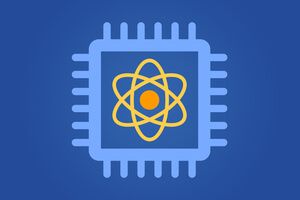
Continue reading “This Is Your Brain on Quantum Computers” »

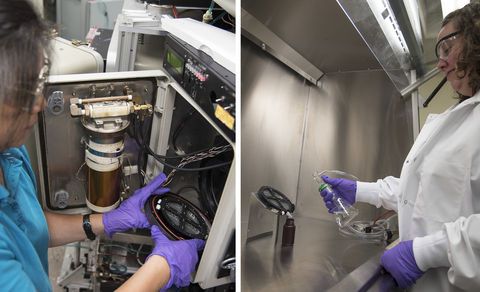
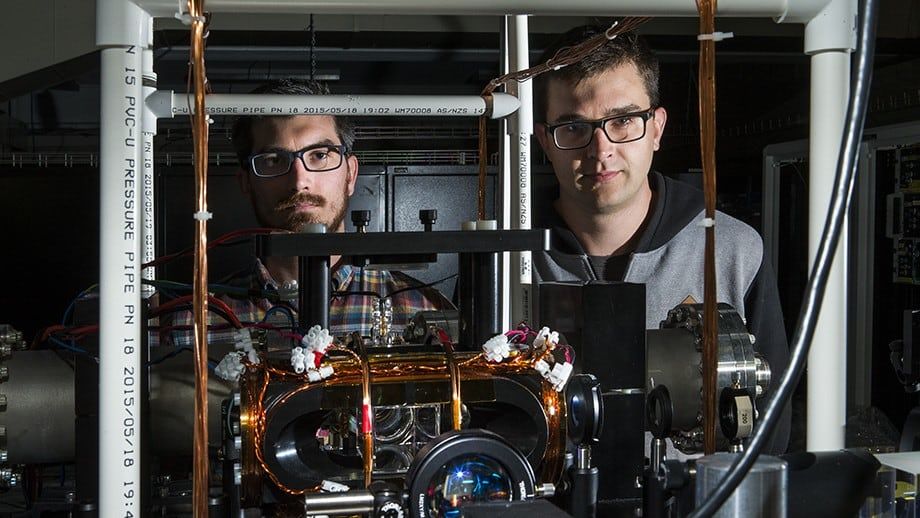
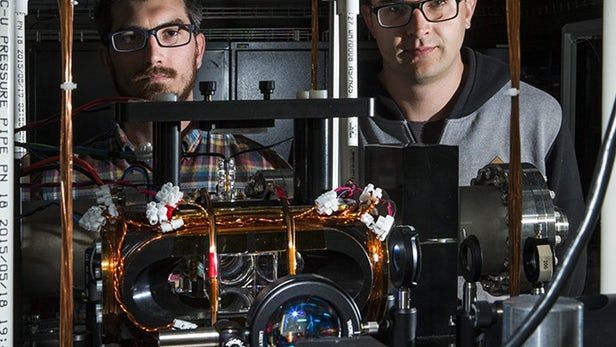


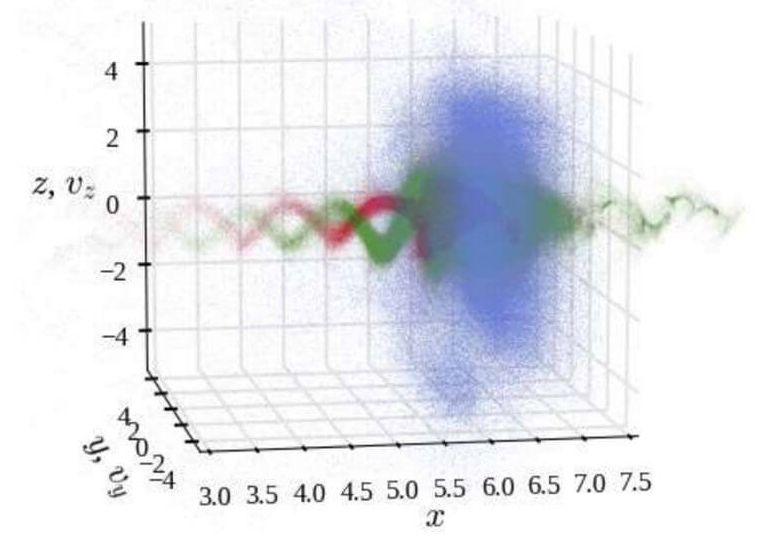

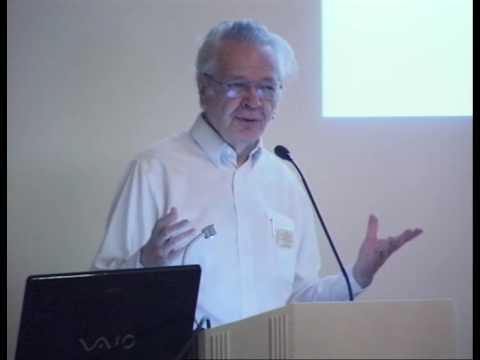 In Part II, the recently established new fundamental discipline of cryodynamics, based on long-range attraction, is described in a parallel format. In Part III finally, the combination (“dilute hot-plasma dynamics”) is described as a composite third sister discipline with its still largely unknown properties. The latter include the prediction of a paradoxical “double-temperature equilibrium” or at least quasi-equilibrium existing which has a promising technological application in the proposed interactive local control of hot-plasma fusion reactors. The discussion section puts everything into a larger perspective which even touches on cosmology.
In Part II, the recently established new fundamental discipline of cryodynamics, based on long-range attraction, is described in a parallel format. In Part III finally, the combination (“dilute hot-plasma dynamics”) is described as a composite third sister discipline with its still largely unknown properties. The latter include the prediction of a paradoxical “double-temperature equilibrium” or at least quasi-equilibrium existing which has a promising technological application in the proposed interactive local control of hot-plasma fusion reactors. The discussion section puts everything into a larger perspective which even touches on cosmology.








